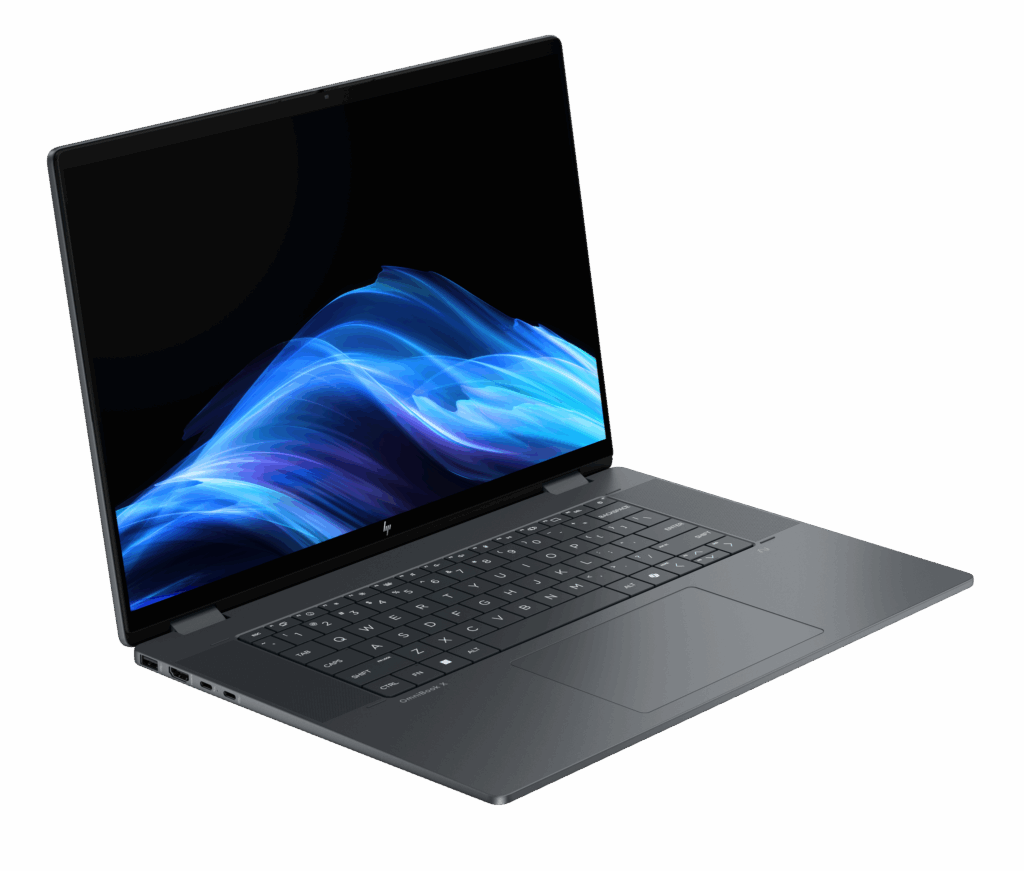Typically, when you talk about powering an electrical device or car wirelessly, you are talking about inductive charging. This is generally accomplished by placing the device on an inductive charger or just over it. Inductive charging typically has a range measured in fractions of an inch, which makes it a far cry from Nicola Tesla’s vision of a world powered wirelessly.
But what if you could power or charge devices at a greater range measured in feet rather than fractions of an inch, and could deliver enough power over longer ranges to support wireless IoT sensors and do so relatively cheaply?
That is what Powercast does. It has provided an interesting solution that could dramatically change how we instrument people, cars, buildings and even cities. Powercast uses RF energy either from a small, inexpensive, dedicated charger or some other RF source (like a Wi-Fi access point) which it converts to electricity to power the related device.
Let’s explore that this week.
How wireless power changes things
When you must deploy anything powered electrically, you generally have several things to hook up and, even if it uses a wireless data connection, the primary problem is power. I’ve found this problematic with security cameras because often, when you want the camera, there is no local power. That means that when you need the camera to work, the battery is dead.
But these sensors, including cameras, typically only need a lot of power when they are recording video and use very little to scan their environment waiting for something to trigger them. In addition, wireless power is typically pervasive, while a wired solution with batteries is not. So, you don’t need a ton of backup power. You just need enough for a few minutes of camera use which means you could use more environmentally friendly capacitors (super or ultra-capacitors) rather than batteries that wear out over time and tend to end up in landfills. Capacitors, unless they are defective, tend to have far longer useful lives and, in many if not most cases, will last as long as the sensor to which they are attached.
With both wireless data and wireless power, your ability to place a sensor isn’t limited by a wire with a Powercast solution but by proximity to the RF source it needs for power. In some implementations, it can just use the RF energy from one or more wireless routers and doesn’t need a dedicated transmitter).
Installation then moves from being constrained by power source to being relatively unconstrained, which allows for faster installation and better sensor placement because you can focus on the optimal place for the sensor and not worry about wiring it or placing it so you can more easily change the battery. In fact, you could build it into homes and buildings in such a way that it became invisible and it would potentially last for decades as long as it could connect to an adequate RF power source.
Where it is most useful
Generally, this technology is most useful where there is a need for either low powered, remote, always-on sensors, or high-powered burst sensors (like security cameras) where the technology can charge a batterie or capacitor over time. Think HVAC temperature, occupancy sensors, proximity sensors in cars and buildings, backup emergency lighting, electric door locks, electric blinds, even smartphones in cars (where it could be used to keep an already charged phone at full electrical capacity). What it is not yet capable of doing is powering large scale electrical devices that are on for long periods of time but, I expect, with the need for even greater wireless power coverage, firms like Powercast will be investing to find an avenue to higher power and greater range solutions over time. (Currently Powercast is capable of a max range of around 120 feet, which isn’t bad, but it’s far short of Tesla’s vision of ubiquitous wireless power.
One interesting area where it is increasingly used is in POS (Point of Purchase) signage and smart tags. This allows for price and tag management (on a shelf-by-shelf basis) to be automated without having to wire the micro displays which use low powered ePaper to function. In addition, it can be used to power intelligent RFID tags that can both provide more information and only work with the undisclosed frequency of the solution, preventing unauthorized people from messing with the smart tags in stores.
Wrapping up
Nicola Tesla thought wireless power at range would be a game changer. Even in its current form it can do amazing things to make HVAC systems more efficient, better control lighting tied to occupancy, lower the cost of placing sensors on cars, and create lower-cost, more agile tagging solutions for retail. We are just beginning to understand all of the amazing things we can do with wireless power. Firms like Powercast are on the forefront of this exciting and amazing trend to throw out the charging cable and batteries for a more convenient and much greener (in terms of battery waste) alternative.
- The HP OmniBook X Flip 2-in-1 16-Inch: Your New Digital Swiss Army Knife (Now in Glorious Atmospheric Blue) - June 25, 2025
- The Open AI Avalanche: Why AMD’s Collaborative Spirit Is Outmaneuvering NVIDIA’s Empire - June 22, 2025
- Lenovo Embraces OpenBMC: A Step Towards Greater Transparency and Control in the Data Center - June 17, 2025



